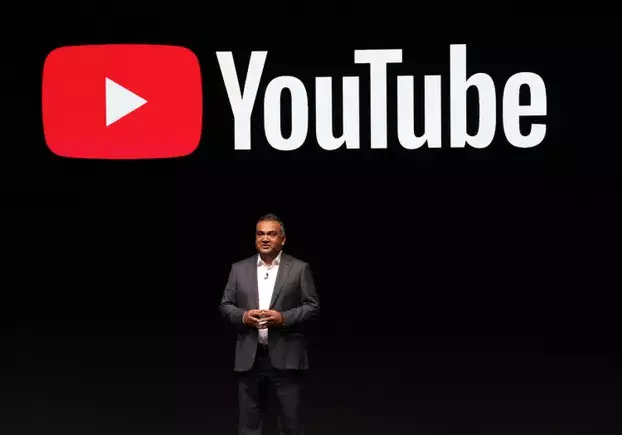YouTube, a giant in the digital content landscape, is on the cusp of yet another transformation as it unveils its expansion of Google’s Veo generative AI tools within the platform. This initiative promises to change the game for creators, allowing them to generate short video clips—YouTube Shorts—using AI-generated content. During a recent presentation at the Cannes Lions Festival, YouTube CEO Neal Mohan not only marked the platform’s 20th anniversary but also highlighted the promising developments that lie ahead in the realm of short-form video creation. As the platform continues to adapt and evolve, the introduction of Veo 3 offers both excitement and concern about the future quality of content.
The Promise of Veo 3
Mohan’s statement about the introduction of Veo 3 triggered a wave of optimism among content creators. By offering an array of AI tools that simplify the video creation process, YouTube is effectively democratizing access to high-quality video production. For many aspiring creators lacking traditional filmmaking skills, these tools could unlock a treasure trove of creative potential. Veo 3 promises to be more intuitive and versatile, enabling users to transform simple text prompts into engaging visual stories. This represents a monumental shift that could ignite a new wave of creativity across YouTube’s community.
However, there is a chasm between having access to cutting-edge tools and generating content that resonates with viewers. The fact remains that no amount of sophisticated technology can substitute for genuine creativity and storytelling ability. While some may find success quickly, the overwhelming influx of AI-generated material could dilute quality, making it challenging for standout creators to distinguish themselves amid the noise. The notion that “creativity is the key” also suggests that while AI will enable the masses to create, it will not guarantee their content will captivate audiences.
Current Usage Trends: Data Insights
In conjunction with the launch of the new generative tools, YouTube shared an array of eye-opening usage statistics that illuminate the platform’s growing significance in the media landscape. The jaw-dropping fact that YouTube Shorts now enjoy over 200 billion views per day, a meteoric rise from the 70 billion reported just one year earlier, signals an undeniable shift in viewing habits. YouTube is transforming the way people consume content, reminiscent of how traditional television once dominated media consumption.
Equally impressive is the revelation that over a billion hours of YouTube content is consumed daily on television screens. This statistic underscores the platform’s evolution from a simple video-sharing site to a formidable rival to conventional broadcasting. The inclination of top creators to leverage Connected TV (CTV) for their content magnifies this trend, suggesting a shift towards longer and more immersive storytelling that transcends the typical short video format.
The growing popularity of podcasts on YouTube further emphasizes this shift. With a staggering one billion podcast viewers each month, creators are capitalizing on diverse formats, offering users a breadth of content rarely seen in a single platform. This convergence of short and long-form content allows YouTube to cater to various preferences, thereby enhancing viewer engagement.
Facing the Challenges of AI-Generated Content
While YouTube’s innovation represents a technological marvel, it also invites scrutiny regarding content quality. As generative AI tools proliferate, there will inevitably be an uptick in subpar content. This influx is a double-edged sword; while it allows novice creators to experiment, it could lead to an overwhelming amount of mediocrity flooding the platform. The expected wave of “AI-generated junk” could make it difficult for high-caliber creators to capture attention in a space crowded with redundant content.
Moreover, beyond the concerns of quality, there is a critical point to consider regarding originality. The use of AI-driven platforms raises questions about ownership and authenticity in creative expression. If an AI generates a piece of content, who holds the creative rights? As AI becomes more integrated into content creation, these ethical dilemmas will need to be addressed to protect creators’ integrity while fostering innovation.
YouTube’s latest venture with Google’s VEO tools serves as a powerful reminder of the inherent tension between technological advancement and creative authenticity. As the landscape shifts, creators, marketers, and consumers alike must navigate the evolving waters of content production, understanding that while AI can facilitate creation, it cannot replace the essence of human storytelling. The dual realities of opportunities and challenges present a complex but exciting future for YouTube Shorts, compelling all stakeholders to adapt in order to thrive in this new digital era.


Leave a Reply